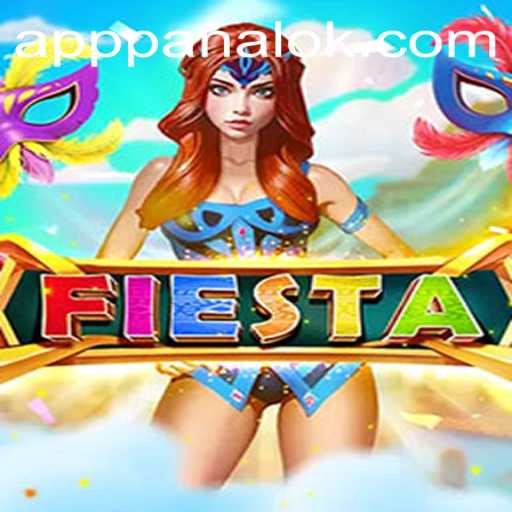Fiesta: A Blend of Culture and Entertainment
In a world bustling with modern entertainment, where digital platforms often dominate our leisure time, the game Fiesta emerges as a refreshing celebration of tradition and community. Inspired by the time-honored concept of Panalok, Fiesta combines cultural elements and traditional gameplay to offer participants a unique and enriching experience. It is more than just a game; it is an opportunity to engage with diverse cultural expressions while enjoying the camaraderie of competitive fun.
Introduction to Fiesta
Fiesta originated as a homage to vibrant community festivals where diversity, heritage, and local culture take center stage. The word 'fiesta' is often associated with celebration, a fitting name for a game that captures the essence of communal joy and participation. At its heart, Fiesta embraces the concept of Panalok, traditionally seen in festivals where varied games were played to bring people together.
The game's creators sought to revive and modernize these traditional elements, making them accessible to global audiences. As societal norms evolve and cultural boundaries merge, Fiesta stands as an artifact of joyful heritage, inviting participants to partake in its vibrant world.
The Mechanics of Fiesta
The game boasts a multi-layered structure, encompassing various mini-games that players can engage in, either as individuals or in teams. Echoing the original ethos of Panalok, Fiesta's operations are cleverly woven to reflect both competition and cooperation.
Primary Objective of Fiesta
The primary aim is to achieve the highest score across different stages, but it is not merely about winning. Fiesta encourages creative expression and cultural understanding, pushing participants to appreciate the significance behind various segments. Scores are awarded based on completion speed, creativity, and cultural representation.
Game Stages and Rules
Fiesta is divided into several captivating stages, each representing a unique cultural theme. Each stage is inspired by traditional festival games and is designed to highlight specific cultural nuances. Here's a breakdown of some key stages:
- Panalok Parade: Players must assemble virtual floats representing different cultures, incorporating music, costumes, and artifacts from around the world. Points are awarded for creativity, authenticity, and team coordination.
- Heritage Hunt: This stage involves uncovering historical artifacts and solving puzzles based on culturally significant events. Each solved puzzle reveals interesting facts about global festivals, enlightening players about world heritage.
- Rhythm Rally: A musical stage where participants must mimic traditional dance moves synchronized to regional tunes. Precision and rhythm are crucial to gaining the most points in this stage, echoing the spirit of festival dances.
The seamless integration of these stages into one cohesive experience ensures that participants remain engaged, constantly learning and adapting as they advance through the game. Fiesta strongly emphasizes respect and understanding of different cultures, which makes it a game not only of skill and quick thinking but also of empathy and inclusivity.
Fiesta and the Global Stage
As the world navigates emerging challenges and opportunities in 2023, including greater connectivity and awareness of cross-cultural interactions, Fiesta positions itself as more than just a game. It becomes a platform for dialogue and cultural engagement, a bridge between past traditions and contemporary creativity.
With ongoing global events emphasizing cultural preservation, such as the rise of movements and institutions dedicated to intangible cultural heritage, Fiesta is a timely representation of this cultural renaissance. Its rise in popularity can be attributed to its ability to resonate with contemporary audiences while honoring traditional roots.
Festivals reliably offer a sense of community and togetherness, especially at a time when the world is rediscovering the importance of cultural heritage. Fiesta captures this universal longing for connection, creating a space where respect for diversity and playful competition coexist harmoniously.
Conclusion
Fiesta, intertwined with the spirit of Panalok and reflective of cultural vibrancy, invites players to indulge in an exploration that enriches their understanding of the world around them. As it stands, Fiesta isn't just about having fun; it's a celebration of cultural diversity, a testament to the rich legacy of human history intricately woven into a modern gaming experience.








